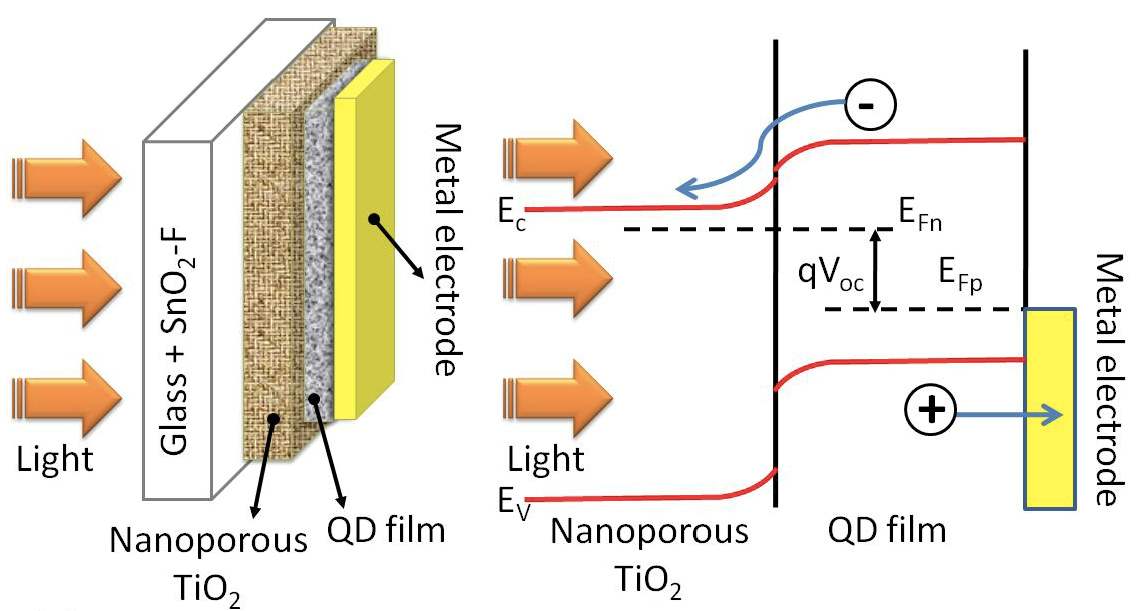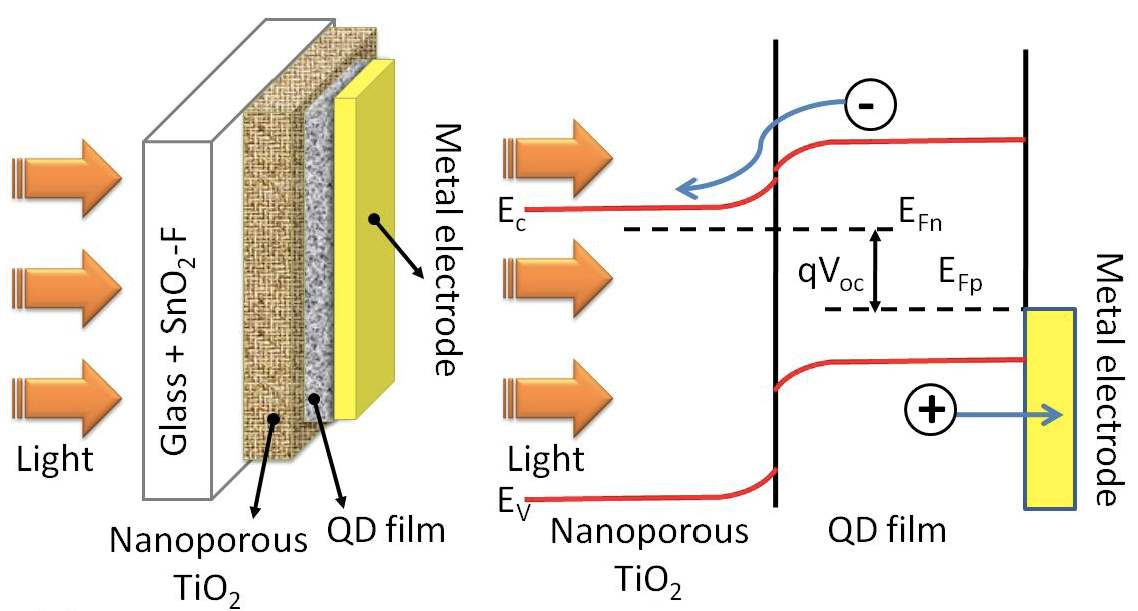The Invention of Solar Paint

Introduction
Up until now, traditional photovoltaic solar panel systems have been the lifeblood of the solar industry, as they are a well-proven technology which saves a lot of money for homeowners. However, sometimes the hassle and expenses associated with rooftop panel installations drive people away from adopting solar power.
This has brought new innovations in the solar power world. It’s here that solar paint enters. Imagine a technology that can generate electricity on its own, with the ability to turn the surface of an entire building into a mechanism for solar generation.
If innovation doesn’t scream about that, what does it do? What is solar paint, precisely? It’s not a single product; it’s three different technologies that are combined into one. The first one, hydrogen solar paint, works by absorbing moisture from the air and breaking down the water molecules into hydrogen and oxygen using solar energy. Hydrogen is then used to produce clean energy.
What if all it takes to convert light energy into electricity is a coat of paint? There will be no resemblance to rigid solar panels installed on house roofs in a new generation of photovoltaics. Researchers, analogous to ‘electronic ink’, create ‘solar paints’ that can be applied to virtually any structure, like regular paint, working with semiconductor nanoparticles synthesised in solution.
Due to the extremely small size of the semiconductor quantum dots and the high absorption cross section, an extremely thin layer of semiconductor materials can capture almost all the incident solar light in the visible region. These heterojunction semiconductor solar cells offer new possibilities for the development of relatively cheap solar cells.
One approach developed by researchers at the University of Toronto and King Abdullah University of Science and Technology (KAUST) uses quantum dots of colloidal lead sulphide (PbS) that can be used to collect electricity from the entire solar spectrum because their energy levels can b This solar cell ink, as we have previously reported, can be deposited in a single step, making it an excellent material for high-throughput commercial manufacturing. A similar approach was developed at the University of Notre Dame, where researchers developed a paste of titanium dioxide nanoparticles coated with cadmium sulphide that could convert large surfaces into solar cells.
Hydrogen Solar Paint

Hydrogen itself is seen as an essential part of our clean-energy future, but hydrogen produced using the power of the sun would be even better than grid electricity. And what if you can make your house look simultaneously? In Australia, researchers have made a promising breakthrough on all counts, creating a “solar paint” that can produce hydrogen wherever there is humidity in the air. As a source of sustainable fuel, hydrogen gas has great potential, since it burns clean and produces only water as a by-product. In addition to other areas, it holds huge promise for use in fuel cells, if we can work out a way to safely store it. But another of the key hydrogen-related challenges is its production – currently most of it comes from fossil fuels.
Hydrogen is often produced by dividing the water molecules into hydrogen and oxygen using electricity. Therefore, where electricity comes from, the final say is whether it can truly be defined as a source of renewable fuel. This has inspired numerous research efforts to derive the gas from solar power, even capturing polluted air at the same time with one recent example. Now researchers at the RMIT University of Australia have developed what they describe as a solar paint capable of generating hydrogen. In those packages that keep burritos and shoes dry by absorbing moisture, the key is a newly developed compound like the silica gel you will find. This compound, called synthetic molybdenum-sulphide, has one key advantage over silica gel, but it also acts as a semi-conductor, causing water atoms to split into hydrogen and oxygen. The team then discovered that mixing this compound with particles of titanium oxide could form part of a hydrogen-generating, sun-absorbing paint.
Colloidal Quantum Dot Solar Cell (QDSC) Paint

The development of high-efficiency and low-cost photovoltaic cells is an effective way to solve the increasing concerns on global warming and the exhaustion of fossil fuels. Quantum dot–sensitized solar cells (QDSCs) are considered as one of the promising third-generation solar cells due to the excellent optoelectronic properties of QD light absorbers, such as high absorption coefficient, tuneable light-harvesting range, high stability, and low-cost availability. An emerging class of functional material that is being developed for novel solar energy conversion strategies is colloidal quantum-confined semiconductor nanostructures. Within a few picoseconds after the photon is absorbed, one of the biggest losses in a bulk or thin film solar cell occurs as photons with energy greater than the semiconductor bandgap produce charging carriers with excess kinetic energy, which is then dissipated via photon emission. Semiconductor nanostructures provide new pathways for controlling energy flow, where at least one dimension is small enough to produce quantum containment effects, and therefore have the potential to increase the efficiency of the primary photo conversion step. In this review, we present the current status of research efforts to use the unique properties of colloidal quantum dots in prototype solar cells (nanocrystals confined in three dimensions) and show that these unique systems have the potential to bypass the single-junction limit of Shockley-Queasier for the conversion of solar photons. Nanomaterials form a flexible platform of materials which has great promise to provide new approaches to solar energy conversion. The synthesis, research and utilisation of these novel nanostructures lies at the interface between chemistry, physics, science of materials, and engineering. The chemistry community provides simple and safe phase synthesis of the solution that yields high optoelectronic quality monodisperse, passivated nanocrystals (NCs) with increasing control over composition, shape, and structure.
Perovskite Solar Paint

“Perovskite” technology has been discussed in research circles for many years, as with every emerging solar trend, but now it seems to pick up steam. The new thin-film technology could bring greater efficiency to solar manufacturing at a lower cost, if it could only get out of the laboratory phase. A perovskite is any material with the same crystal structure as titanium oxide (CaTiO3). ABX3, where A and B are cations, and X is the bonding anion, is the general chemical formula for perovskite compounds in solar applications lead is often the dominant metal used in perovskites.
Since silicon is not involved, the thin-film technology is considered a perovskite solar cell. And because it uses abundant and inexpensive materials, perovskite has the potential to become — and possibly overall — the dominant thin-film technology in solar manufacturing. Perovskite cells are made in laboratory settings by depositing chemicals on a substrate by spin-coating, spraying or ‘painting’ them. As the chemicals crystallise, the perovskite material forms. Easy application through painting on substrates opens the potential of perovskite in markets that want flexible, lightweight and non-uniform options for solar generation.
Although it has shown excellent performance potential in the laboratory efficiency has increased from 12 % in just four years to over 23 %, the problem with perovskite is that as the module size increases, its efficiency decreases rapidly. To demonstrate the efficacy of the material in solar conversion, NREL has spent considerable research time on perovskite. The research laboratory attributes the decline in performance to the non-uniform coating of the cell chemicals and the loss of conversion when perovskite is layered with other solar cell technologies.
In fact, when it works in tandem with other solar technologies, labs have found promising success with perovskite. Perovskites absorb more of the light spectrum, so that the layer is positioned on top of a material that is successfully stable. A popular testing choice, CIGS-perovskite tandem cells have made big gains, from 17.8 % efficiency in late 2016 to 21.5 % in January 2019. And since CIGS thin-film is already successful at scale, improving the tandem performance of perovskite may be easier than working alone on the new technology. It is also not out of the question to pair Perovskite with silicon. IMEC researchers believe a silicon-perovskite stacked cell could easily push an efficiency of 30 %.
Conclusion
In conclusion, the Hydrogen solar paint has provided a means of transforming the concept of solar paint into reality. A brief study of the literature is discussed in this paper, with the aim of highlighting efficiency-related issues. In the development of efficient photovoltaic paint, material selection and deposition techniques play a vital role. Quantum dots and Perovskite solar paint can provide a way to enhance efficiency.

